The recent snorkeling tragedy in Hawaii, which made global news, also reignited concerns about snorkeling safety, especially regarding full-face snorkel masks and the potential impact of snorkeling shortly after long flights. Our own experience as journalists and snorkelers, including editor Jeff’s recent challenges with a full-face mask, adds a personal dimension to this ongoing discussion.
Ilya “Billy” Tsaruk and Sophia Kovalevich Tsaruk, a couple from Washington state, tragically drowned while snorkeling off Maui on September 14. They were on a babymoon and expecting their second child. Despite resuscitation attempts, both were pronounced dead at the scene. This tragic event highlights the urgent need for ongoing discussions about snorkeling safety in Hawaii.
While the exact circumstances remain under investigation, this incident is sparking renewed discussions about the potential risks for snorkelers in Hawaii. This issue holds significant implications for potentially hundreds of thousands of Hawaii visitors drawn to our waters for snorkeling each year.
One controversy remains about snorkeling after flying.
An ongoing concern is the “potential” dangers of snorkeling soon after long flights. A state-funded Snorkel Safety Study suggested waiting a few days before entering the water, citing possible connections with drowning incidents and the condition known as Rapid Onset Pulmonary Edema (ROPE), which causes fluid build-up in the lungs. However, the study’s conclusions remain contentious, as seen in discussions with our readers.
Lance P, a medical doctor, emphasized the lack of proof linking flying to snorkeling deaths and suggested that the idea might instead extrapolate from scuba diving issues. Chuck W challenged the recommendation of waiting a week to snorkel, arguing that poor health and inexperience are more significant risk factors.
“My boyfriend almost died off Black Rock Beach from ROPE—per his MD at Maui Memorial Medical Center…Thank God we had our phones in waterproof waist bags.”
BOH reader Karen L.
While not universally accepted as a factor, travelers should remain aware of this potential risk and consider taking precautions.
Full-face masks: convenience or hazard?
While full-face snorkel masks are popular for their ease of use, they have raised safety concerns. Unlike traditional masks, they’re harder to clear when water enters and may pose a risk of CO2 build-up, leading to dizziness or difficulty breathing.
Jeff, one of our editors, experienced some distress when he recently wore a full-face mask for the first time. Despite his snorkeling expertise, it filled with water while he was in the ocean. He also reported it was significantly more challenging to clear water in the mask than expelling it from a standard snorkel.
BOH reader Fran previously mentioned feeling claustrophobic while using a full-face mask and felt that traditional masks allowed better air intake. Susana K said that it seems more recent drownings have been associated with full-face masks, suggesting that they might be less safe than separate mask and snorkel setups.
“I’ve been reading bits & pieces that there may be a connection between snorkel drowning & low O2 from the masks…I think there needs to be real studies on this.”
BOH reader Judy G.
Properly fitting and reputable brands can mitigate risks, but caution is advised.
The role of tour operators and preparation.
During a boat-based snorkeling excursion, Jeff faced inadequate preparation when his mask wasn’t tested in shallow water, leading to complications. We know this all too well, and we still have issues. This highlights the importance of tour operators providing comprehensive guidance and safety checks. Visitors should always test their equipment in a controlled environment and confirm safety protocols before venturing out. It’s especially crucial when snorkeling alone, as immediate help may be unavailable in an emergency.
Hawaii snorkeling safety: understanding the risks.
Drowning remains one of the leading causes of death among visitors to Hawaii, with tourists accounting for 90% of snorkeling-related incidents. This disparity is often due to unfamiliarity and lack of preparedness to deal with Hawaii’s ocean conditions, equipment challenges, and pre-existing health issues. The study also found that low blood oxygen levels, often linked to Rapid Onset Pulmonary Edema (ROPE), might play a significant role, even affecting experienced snorkelers.”
“Recommending a policy of waiting a week to snorkel upon arrival to Hawaii is ridiculous… many people do not know the limitations.”
BOH reader Chuck W.
Safer snorkeling in Hawaii.
For a safer snorkeling experience, consider these tips:
- Test your equipment in shallow water to ensure a proper fit and comfort.
- Wait a few days post-flight to acclimate before snorkeling.
- Always snorkel with a buddy and maintain visual contact.
- Choose lifeguarded beaches and avoid rough waters.
- Consult a doctor about any health concerns before snorkeling.
- Opt for simpler snorkels without modifications that may restrict airflow.
- This version retains all key points while improving clarity and flow.
The need for further snorkeling safety research.
While the Snorkel Safety Study has highlighted certain risks, feedback from Beat of Hawaii readers and others underscores the need for more comprehensive research. Understanding the correlations between flying, snorkeling, and drownings is crucial to improving safety and preventing future incidents.
Snorkeling safety in Hawaii requires awareness beyond equipment choice. By considering factors like post-flight risks, proper equipment use, familiarity, and preparedness for Hawaii ocean conditions, visitors can take proactive steps to ensure a safer Hawaii vacation. For further insights on snorkeling safety, explore our prior coverage of Hawaii visitor drownings.
We welcome your input!
Photo Credit: Jeff, Beat of Hawaii editor, using a full face mask for the first time.
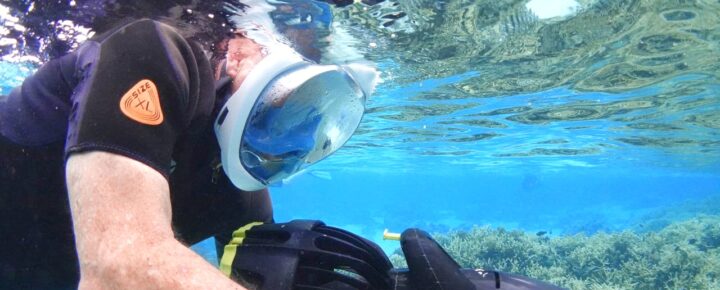

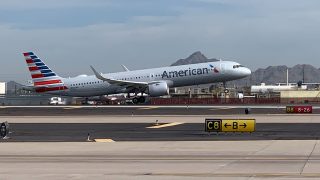
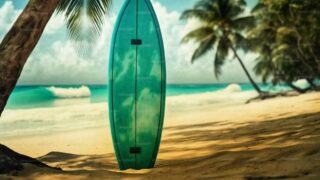
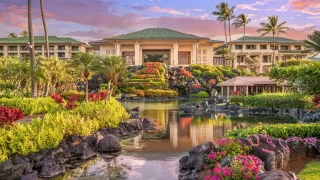

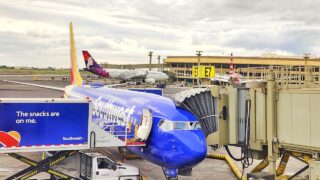
Among some of us who really enjoy snorkeling and diving the full face masks have gained a reputation as “death” masks. They have more volume to clear, so there is going to be more re-breathed CO2 with each breath. That little tube is the snorkeler’s lifeline, so care needs to be taken when selecting and using snorkels.
I don’t think the time relative to landing is a significant factor. On one trip back-in-the-day I drove from HNL directly to Hanauma Bay and went snorkeling. I was fine.
Lastly, I looked up info about the reported deaths. I have snorkeled at that location multiple times, and consider it a beginner spot. That makes this more tragic, IMO, because no one should have died there.
The young couple died in Maui, not Oahu.